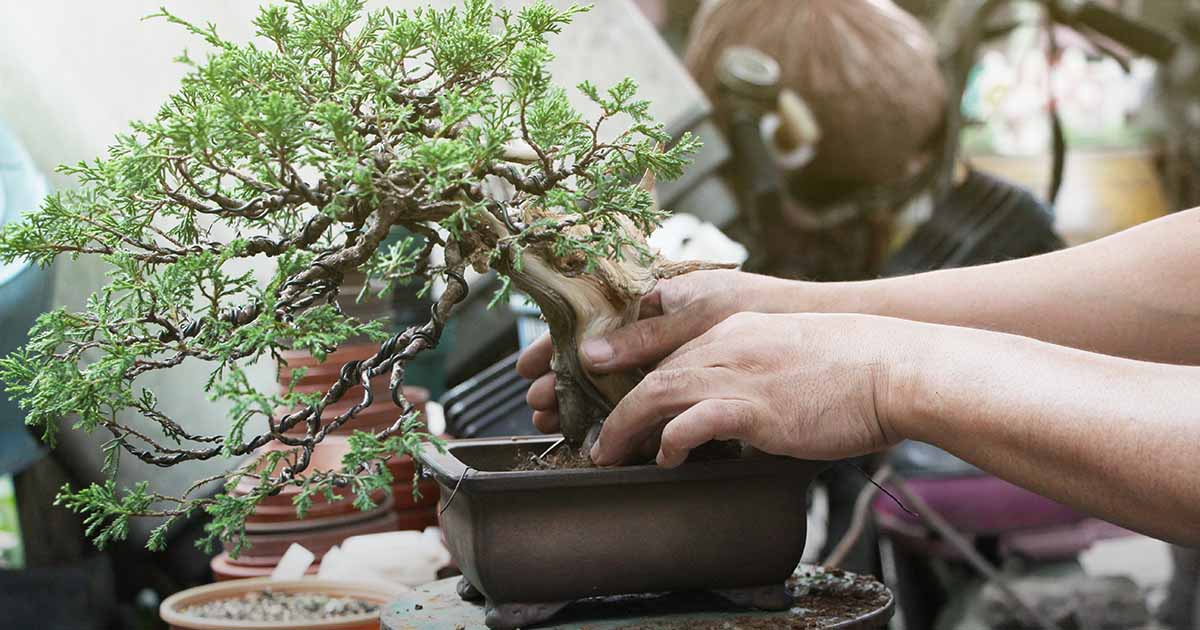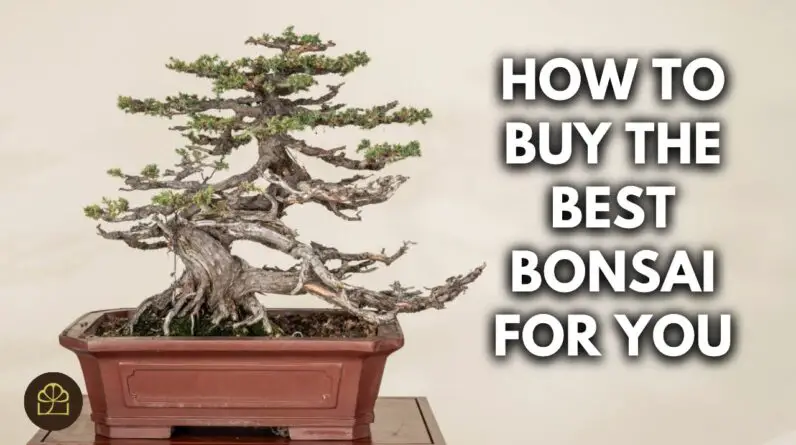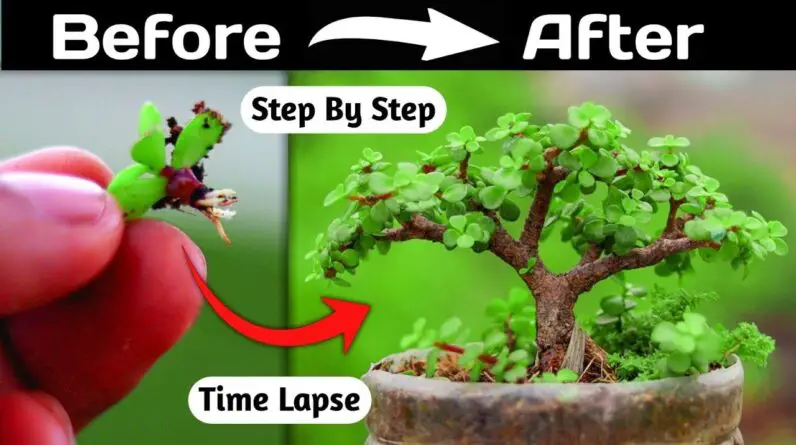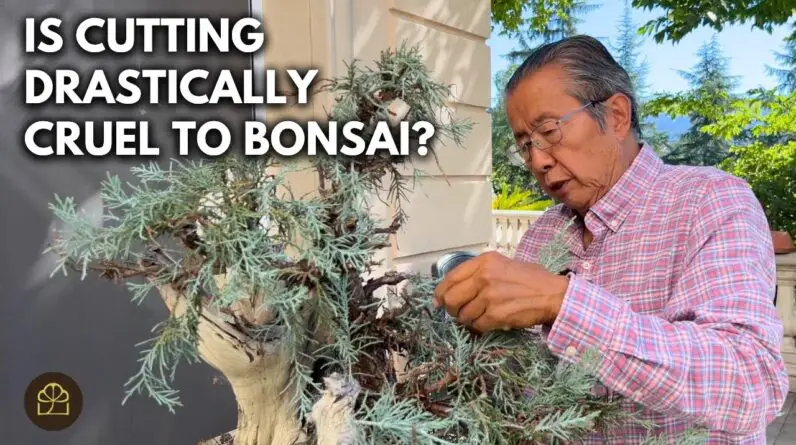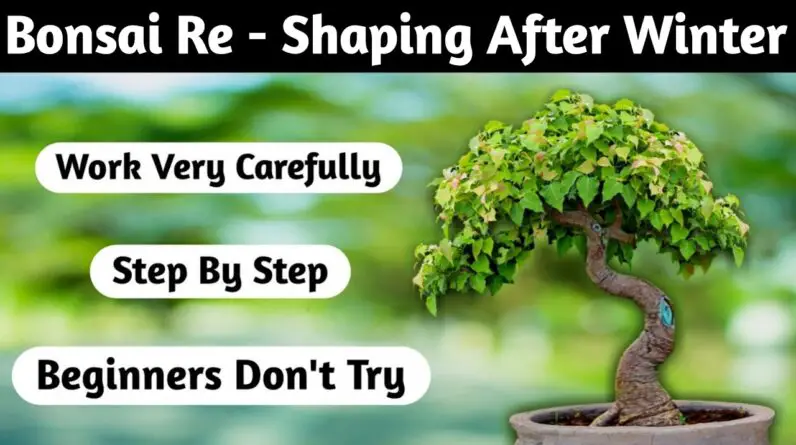If you’ve ever been captivated by the art of bonsai, you may be wondering if special soil is needed to cultivate these miniature masterpieces. The answer is yes! Special soil is essential for the health and vitality of bonsai trees.
In this article, we’ll explore the different types of soil and substrates used in bonsai cultivation, including organic and inorganic options.
We’ll also discover recommended soil mixtures for various bonsai species, such as deciduous, coniferous, and indoor varieties. From akadama and pumice to moss and river sand, we’ll dive into the fascinating world of bonsai soil and help you understand why it’s an important part of cultivating these exquisite trees.

Bonsai soil
What is bonsai soil?
Bonsai soil is a specialized type of soil that is specifically formulated for growing and maintaining bonsai trees. Unlike regular garden soil, bonsai soil is well-draining and provides the necessary nutrients and moisture balance for the tree’s root system. The composition of bonsai soil is carefully designed to meet the unique needs of bonsai trees, ensuring their health and longevity.
The importance of bonsai soil
The choice of soil plays a crucial role in the success of your bonsai tree. The right soil provides optimal drainage, allowing excess water to flow freely and preventing root rot. It also promotes a healthy and well-developed root system, which is essential for the overall health and growth of the tree. Bonsai soil retains moisture while allowing air to reach the roots, striking the perfect balance for the tree’s needs. Choosing the right bonsai soil is essential for maintaining a healthy and thriving bonsai tree.
Bonsai substrates
What are bonsai substrates?
Bonsai substrates refer to the different materials that can be used to create the ideal soil composition for bonsai trees. These substrates are carefully chosen to meet the specific needs of different species of bonsai trees and to ensure proper water drainage and nutrient availability.
Different types of bonsai substrates
There are various types of bonsai substrates available, each with its own unique characteristics and benefits. Some common bonsai substrates include:
- Organic materials: These include ingredients such as bark, peat moss, and coconut coir. Organic substrates help retain moisture and provide essential nutrients to the bonsai tree.
- Inorganic materials: These include components like pumice, lava rock, and akadama. Inorganic substrates provide excellent drainage, ensuring that excess water does not accumulate around the roots of the bonsai tree.
- Soil amendments: These are substances that are added to the soil mixture to enhance its properties. Examples of soil amendments include perlite, vermiculite, and sand. They improve the soil’s aeration, water-holding capacity, and nutrient availability.
By understanding the different types of bonsai substrates and their properties, you can select the most suitable one for your bonsai tree’s needs.
Organic or Inorganic Soils
Organic soils for bonsai
Organic soils for bonsai are composed of natural materials such as bark, peat moss, coconut coir, and compost. These materials provide a rich source of nutrients for the bonsai tree and promote healthy root development. Organic soils also have good water retention properties, ensuring that the tree receives adequate moisture between watering sessions. However, it’s important to note that organic soils may break down over time and become compacted, leading to poor drainage and potential root issues.
Inorganic soils for bonsai
Inorganic soils for bonsai consist of materials like pumice, lava rock, akadama, and soil amendments like perlite or vermiculite. These materials have excellent drainage properties, preventing waterlogged soil and promoting aeration around the roots. Inorganic soils are preferred by many bonsai enthusiasts due to their longevity and ability to provide a stable environment for the bonsai tree’s root system. However, they may require more frequent watering and additional fertilization, as they do not hold as much moisture or nutrients as organic soils.
Pros and cons of using organic and inorganic soils for bonsai
Choosing between organic and inorganic soils for your bonsai tree depends on various factors, including the specific species of tree, your climate, and personal preferences. Here are the pros and cons of each:
Organic soils:
- Pros: Provide nutrients, good water retention, promote healthy root development.
- Cons: May break down over time, potential for poor drainage if not properly maintained.
Inorganic soils:
- Pros: Excellent drainage, long-lasting, stable environment for roots.
- Cons: Less water retention, may require more frequent watering and fertilization.
By considering the pros and cons of both organic and inorganic soils, you can make an informed decision based on the specific needs of your bonsai tree.
Soil components
Key components of bonsai soil
Bonsai soil is typically composed of three main components: grit, organic matter, and clay. These components work together to create the ideal soil structure for the bonsai tree’s root system.
- Grit: Grit, such as sand or perlite, provides drainage and aeration in the soil. It helps prevent waterlogging and allows air to reach the roots.
- Organic matter: Organic matter, such as compost or bark, provides nutrients to the bonsai tree. It also helps retain moisture and improve the soil’s overall structure.
- Clay: Clay particles provide some water retention qualities and help bind the soil together. However, too much clay can lead to poor drainage and compaction.
Role of each soil component
Each soil component plays a vital role in creating a well-balanced and healthy environment for the bonsai tree’s roots.
- Grit: Grit provides the necessary drainage and aeration in the soil. It prevents the roots from sitting in stagnant water, reducing the risk of root rot and promoting overall root health.
- Organic matter: Organic matter provides essential nutrients to the bonsai tree. It aids in moisture retention and contributes to the overall structure of the soil.
- Clay: Clay particles help bind the soil together and provide some water retention capacity. However, it’s important to balance the amount of clay to avoid issues like poor drainage and compaction.
By understanding the roles of each soil component, you can create a balanced bonsai soil mix that meets the specific needs of your tree.
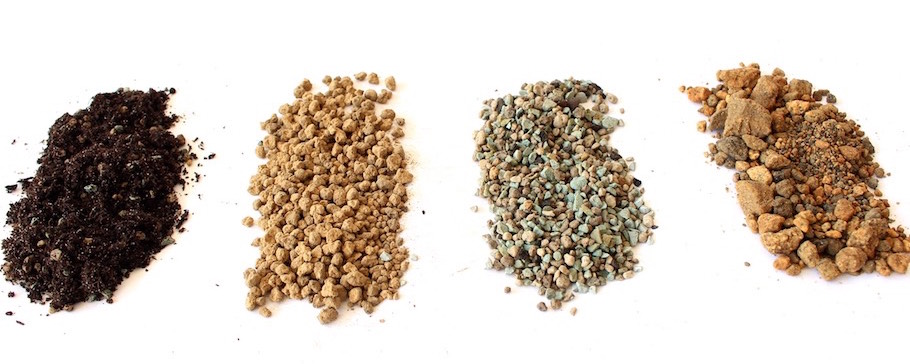
Recommended Bonsai soil mixtures
Common bonsai soil mixtures
There are several common bonsai soil mixtures that have been proven effective for various types of bonsai trees. These mixtures typically consist of a combination of inorganic substrates, organic matter, and soil amendments.
Some of the commonly used bonsai soil mixtures include:
- Akadama, pumice, and lava rock: This mixture is popular among bonsai enthusiasts for its excellent drainage and water retention properties.
- Akadama, lava rock, and organic matter: This mixture combines the benefits of inorganic substrates with the nutrient-rich properties of organic matter.
- Pumice, perlite, and bark: This mixture provides good drainage and aeration while retaining some moisture and providing nutrients.
These are just a few examples of bonsai soil mixtures, and the ideal mixture will depend on the specific needs of your bonsai tree and your climate.
Factors to consider when selecting a bonsai soil mixture
When selecting a bonsai soil mixture, it’s important to consider the following factors:
- Species of bonsai tree: Different species have different moisture and nutrient requirements. Research the specific needs of your tree to select a soil mixture that meets its requirements.
- Climate: The climate you live in can affect the moisture retention properties of the soil. Consider the average humidity and temperature in your area when choosing a soil mixture.
- Watering habits: Your personal watering habits and routine should align with the soil mixture you choose. Some mixtures require more frequent watering, while others retain moisture for longer periods.
- Budget: Some soil components may be more expensive than others. Consider your budget when selecting a soil mixture.
By taking these factors into account, you can choose a bonsai soil mixture that provides the best growing conditions for your tree.
Deciduous Bonsai soil
Best soil composition for deciduous bonsai
Deciduous bonsai trees, such as maple or birch, have specific soil requirements to support their growth and health. The best soil composition for deciduous bonsai typically includes a mix of organic matter, inorganic substrates, and soil amendments.
A recommended soil composition for deciduous bonsai may include:
- Akadama: Provides good water retention while allowing for drainage. It also releases nutrients slowly over time.
- Pumice: Promotes aeration and drainage in the soil, preventing waterlogging.
- Bark or peat moss: Adds organic matter to the soil, providing nutrients and moisture retention.
This soil composition ensures that the roots of deciduous bonsai trees receive the right balance of moisture, nutrients, and oxygen for optimal growth.
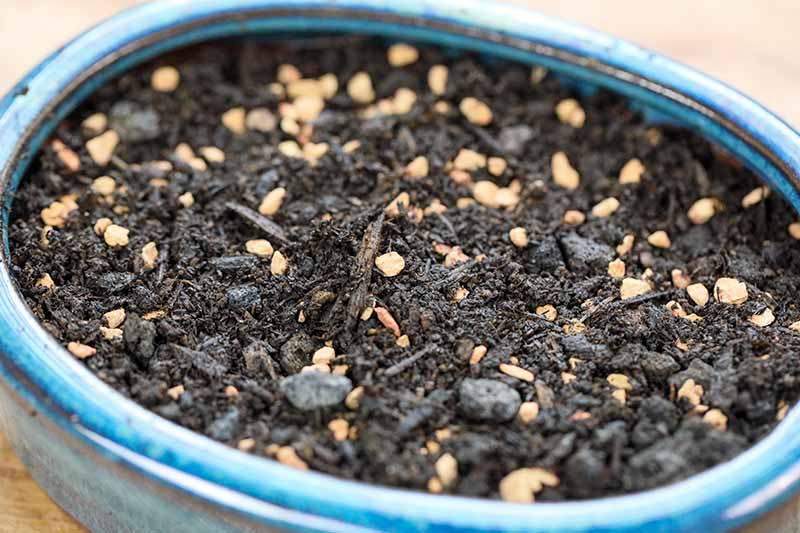
Coniferous and Pine soil
Ideal soil mixture for coniferous and pine bonsai
Coniferous and pine bonsai trees have specific soil requirements due to their water retention needs and preference for acidic soil. An ideal soil mixture for coniferous and pine bonsai should provide good drainage while retaining moisture and maintaining the desired pH level.
A recommended soil mixture for coniferous and pine bonsai may include:
- Akadama: Provides excellent water retention while allowing for sufficient drainage. It releases nutrients slowly over time.
- Pumice: Promotes aeration and drainage in the soil, preventing waterlogged roots.
- Peat moss: Adds organic matter and acidity to the soil, creating an ideal pH level for coniferous and pine trees.
This soil mixture ensures that the roots of coniferous and pine bonsai trees receive the right balance of moisture, nutrients, and acidity for their specific needs.
Akadama
What is akadama?
Akadama is a type of clay soil that is widely used in bonsai cultivation. It is known for its excellent water retention properties, which ensure a steady supply of moisture to the bonsai tree’s roots. Akadama is also prized for its ability to release nutrients slowly over time, providing a consistent source of nourishment for the tree.
Benefits of using akadama in bonsai soil
Using akadama in bonsai soil offers several benefits:
- Water retention: Akadama has exceptional water retention properties, allowing it to hold moisture without becoming waterlogged. This ensures that the bonsai tree’s roots receive a steady supply of water, promoting healthy growth.
- Nutrient release: Akadama slowly releases nutrients into the soil over time, providing a consistent source of nourishment for the bonsai tree. This reduces the need for frequent fertilization and helps maintain a balanced nutrient profile.
- Aeration: Despite its water retention capabilities, akadama also provides adequate aeration to the bonsai tree’s roots. It allows air to reach the root system, preventing issues such as root rot due to lack of oxygen.
By incorporating akadama into the bonsai soil, you can create an optimal growing environment for your tree, ensuring its health and vitality.
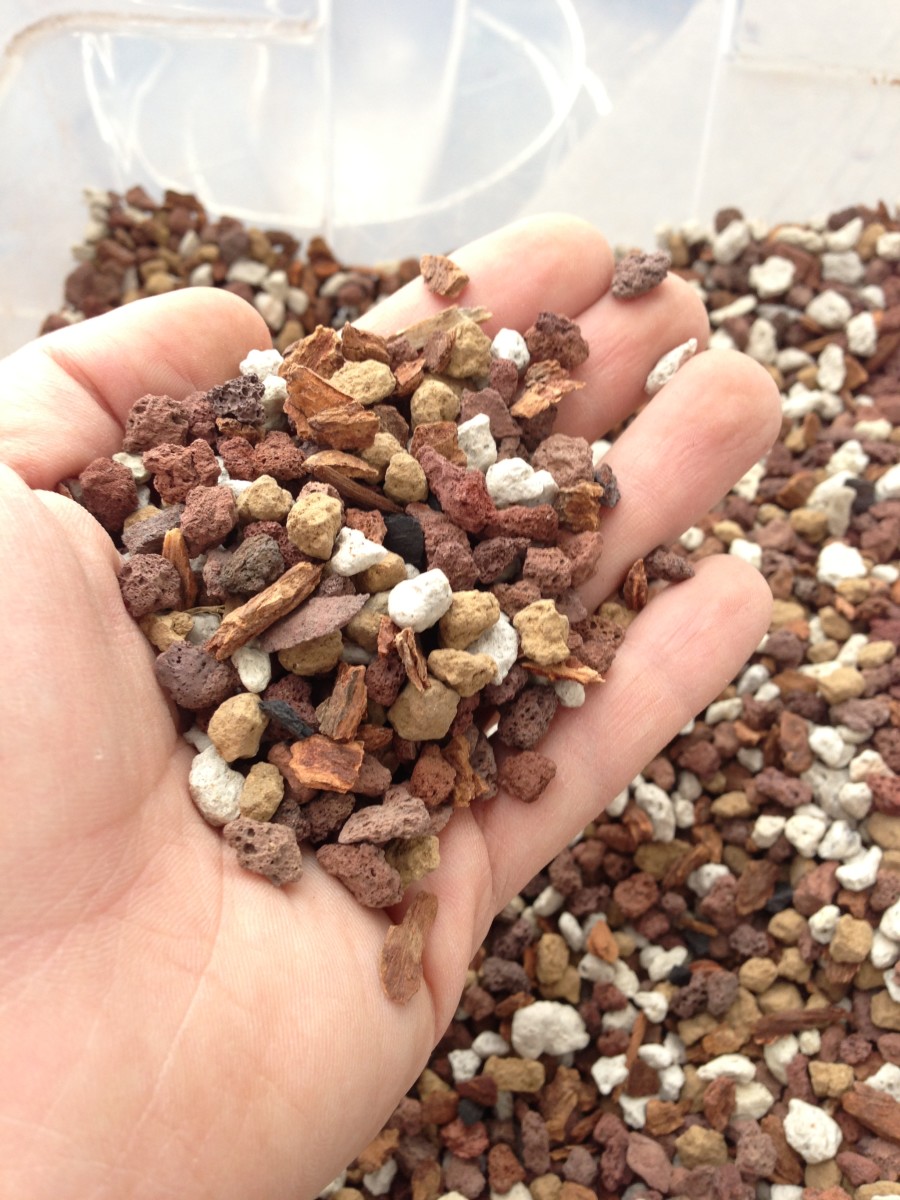
Lava rock
How lava rock benefits bonsai soil
Lava rock is a popular component in bonsai soil mixtures due to its excellent drainage and aeration properties. It is typically used in conjunction with other substrates to create the ideal soil composition for bonsai trees.
The benefits of lava rock in bonsai soil include:
- Drainage: Lava rock provides excellent drainage, preventing waterlogging and ensuring that excess water flows freely through the soil. This helps prevent root rot and provides a healthy environment for the roots to thrive.
- Aeration: The porous nature of lava rock allows air to circulate within the soil, providing oxygen to the bonsai tree’s root system. Proper aeration is crucial for healthy root development and overall tree growth.
- Longevity: Lava rock is a durable material that does not break down easily. This ensures that the soil structure remains stable over time, reducing the need for frequent soil replacements.
Lava rock is available in different sizes and shapes, allowing for customization based on the specific needs of your bonsai tree and soil requirements.
Different types of lava rock
There are different types of lava rock that can be used in bonsai soil mixtures, including:
- Black lava rock: Black lava rock is a commonly used material in bonsai soil mixtures. It provides excellent drainage properties and adds an aesthetic element to the overall presentation of the bonsai tree.
- Red lava rock: Red lava rock is another popular choice in bonsai soil mixtures. It offers similar drainage and aeration benefits as black lava rock but has a distinct reddish color that adds visual interest to the container.
Both black and red lava rocks are widely available and can be easily incorporated into your bonsai soil mixture.
Potting
Essential tips for successful bonsai potting
Potting is a critical process in bonsai cultivation, as it directly impacts the health and development of the tree’s roots. Here are some essential tips for successful bonsai potting:
- Choose the right pot size: Select a bonsai pot that allows for root growth while still providing a snug fit. Avoid pots that are too large, as they can lead to excessive soil moisture and poor root development.
- Use bonsai wire: Secure the tree in the pot using bonsai wire to ensure stability. This prevents the tree from shifting or becoming uprooted during watering or strong winds.
- Trim and spread the roots: Before potting the bonsai tree, carefully trim and spread out the roots. This encourages outward growth and prevents root tangling or root-bound issues.
- Add mesh screens: Place mesh screens over the drainage holes at the bottom of the pot to prevent soil erosion and ensure proper drainage.
- Use fresh bonsai soil: When potting, always use fresh bonsai soil to provide the necessary nutrients and optimal growing conditions for the roots.
By following these essential tips, you can ensure a successful potting process and promote the overall health and growth of your bonsai tree.
The role of bonsai pots in soil moisture control
Bonsai pots play a crucial role in soil moisture control, directly impacting the health and growth of the tree. Bonsai pots are typically shallow and have drainage holes, allowing excess water to escape and preventing the soil from becoming waterlogged.
The design of bonsai pots promotes evaporation and air circulation, which helps regulate soil moisture levels. The shallow depth and wide opening of the pot expose more surface area of the soil to the air, aiding in moisture evaporation. This prevents the roots from sitting in excessively wet soil, reducing the risk of root rot and other water-related issues.
Additionally, the drainage holes in bonsai pots allow any excess water to escape, preventing waterlogged soil and promoting aeration around the roots. Proper aeration is essential for the health and development of the root system, ensuring the bonsai tree receives the necessary oxygen for growth.
By using bonsai pots designed for effective moisture control, you can create a favorable environment for your bonsai tree’s roots and promote its overall health and vitality.
In conclusion, choosing the right bonsai soil is vital for the success and health of your bonsai tree. Understanding the different types of bonsai substrates, the role of organic and inorganic soils, the key components of bonsai soil, and the various recommended soil mixtures will help you provide the optimal growing conditions for your bonsai tree. Whether you have a deciduous or coniferous bonsai, incorporating materials like akadama and lava rock can enhance the soil’s drainage and nutrient availability. Additionally, paying attention to potting techniques and using bonsai pots designed for moisture control will further support the thriving growth of your bonsai tree. With proper understanding and implementation of bonsai soil practices, you can enjoy the beauty and artistry of bonsai cultivation for years to come.
